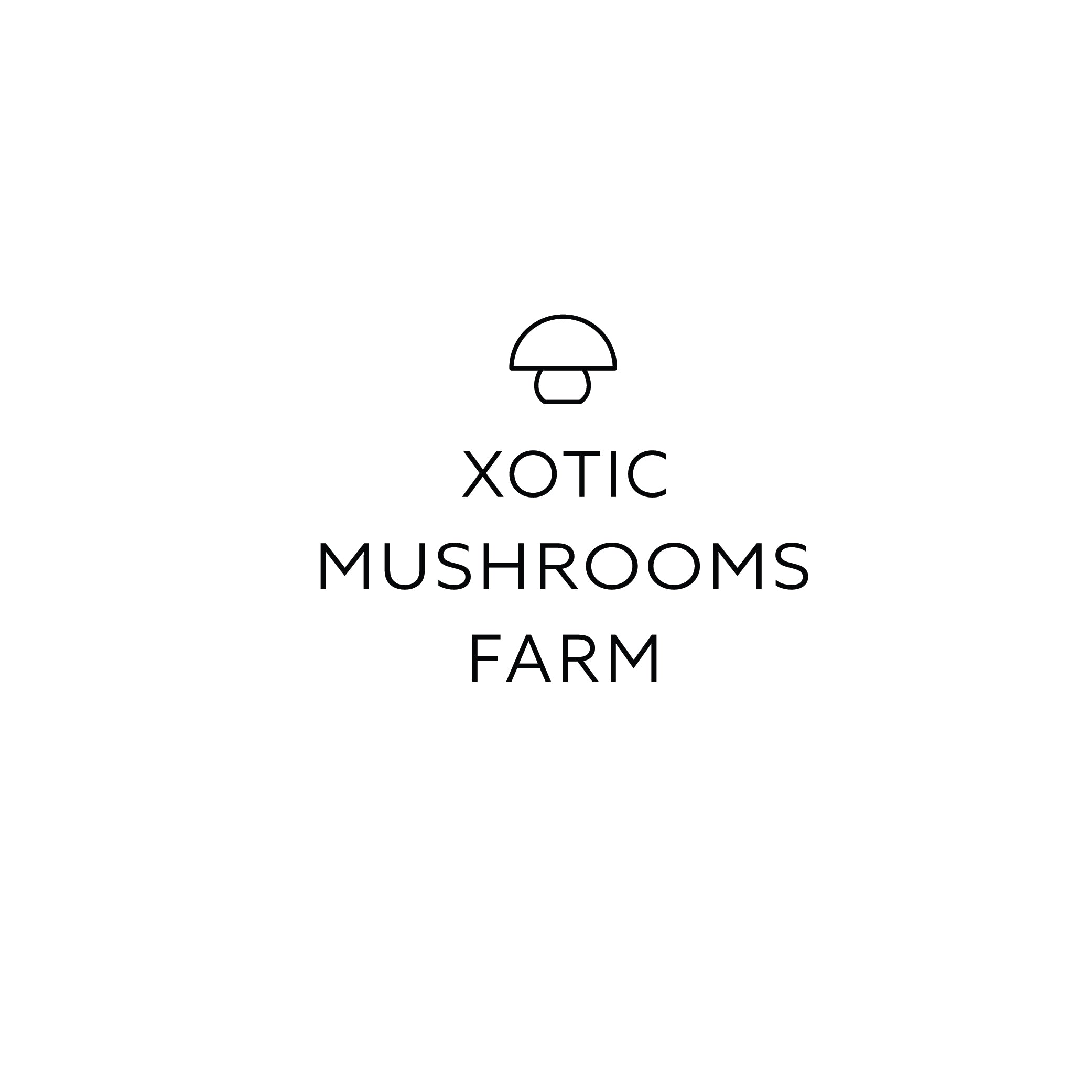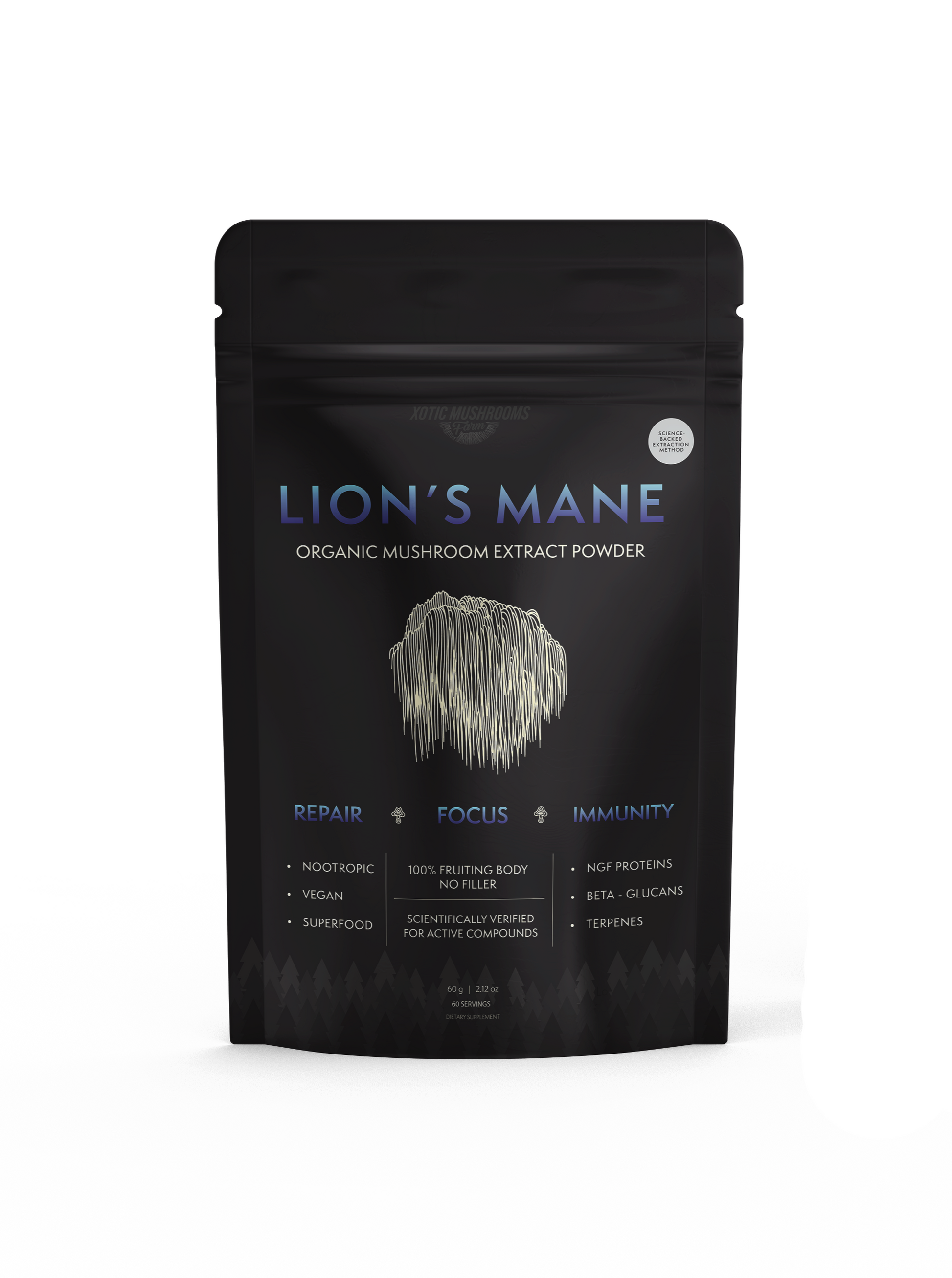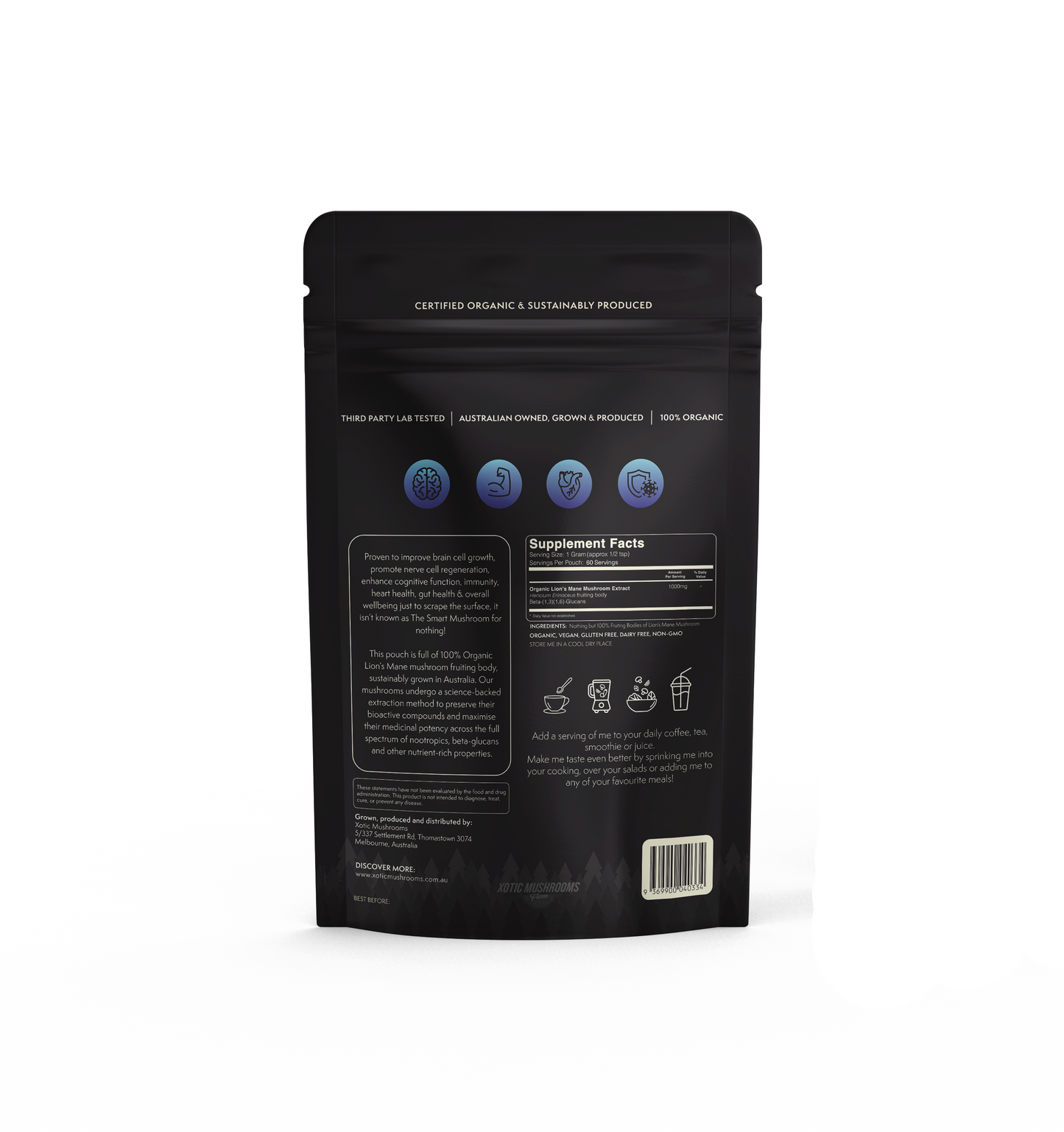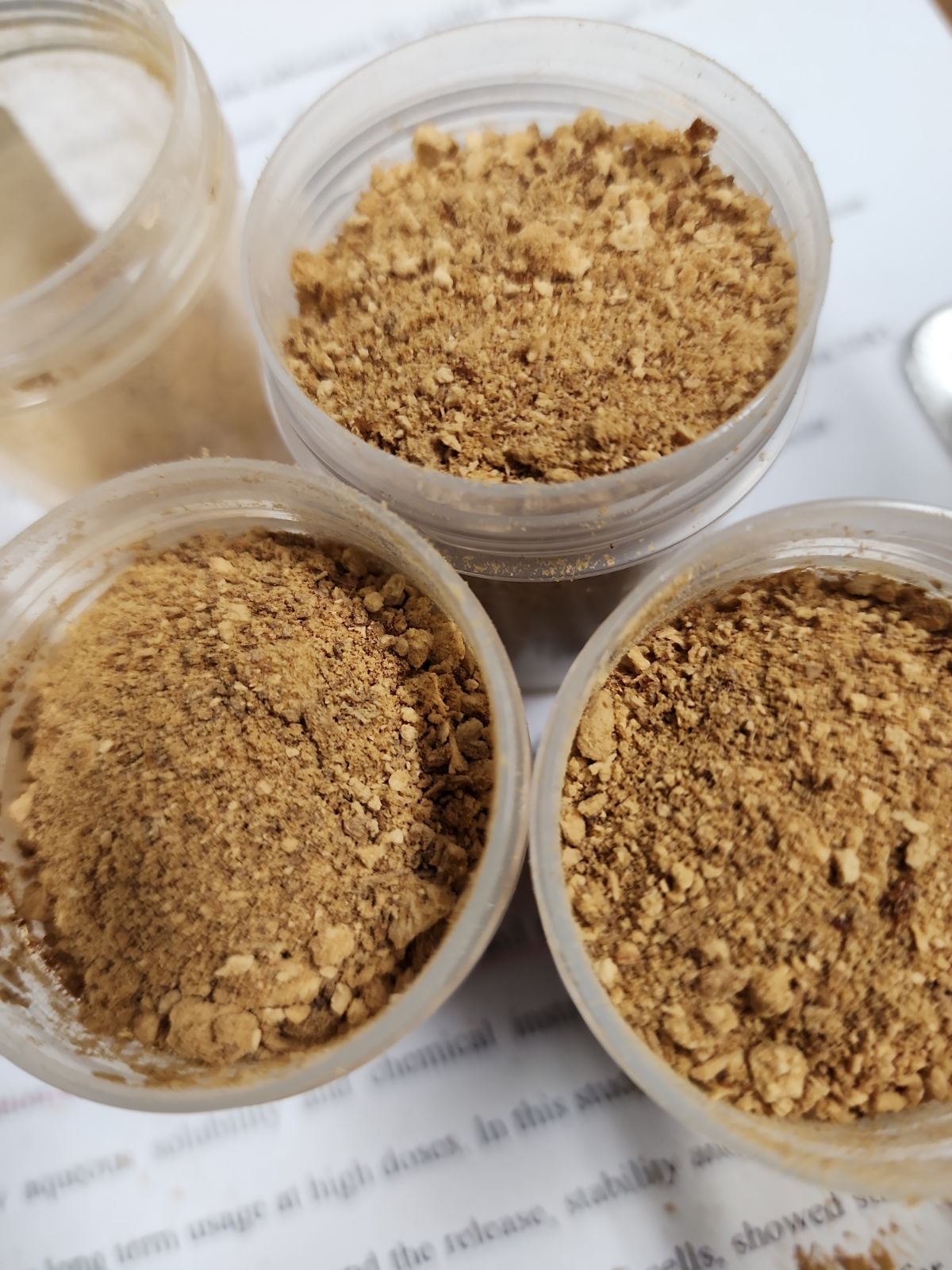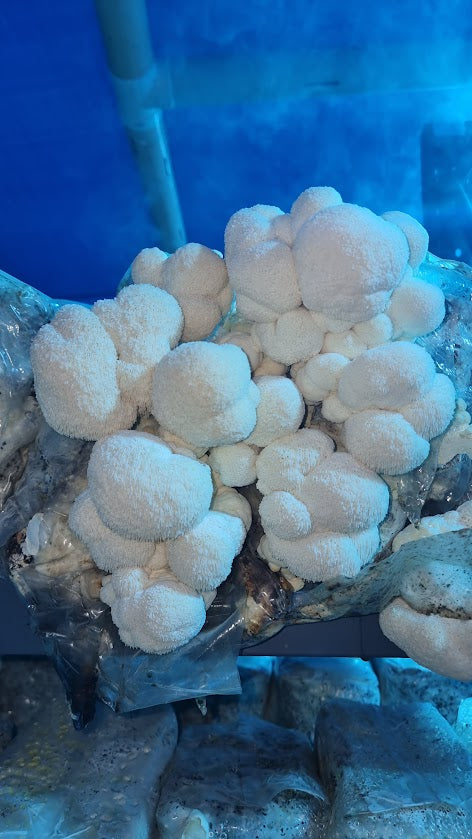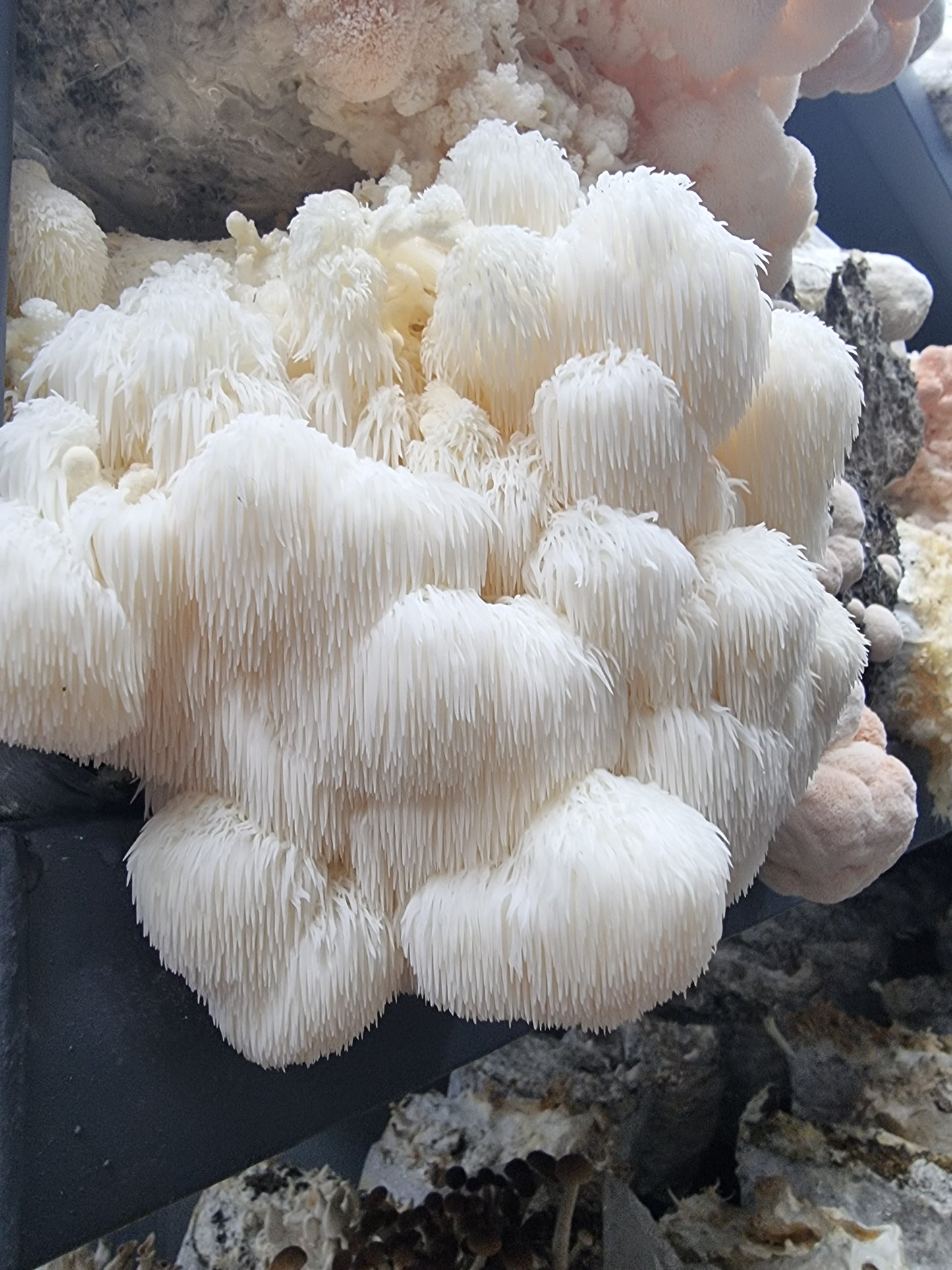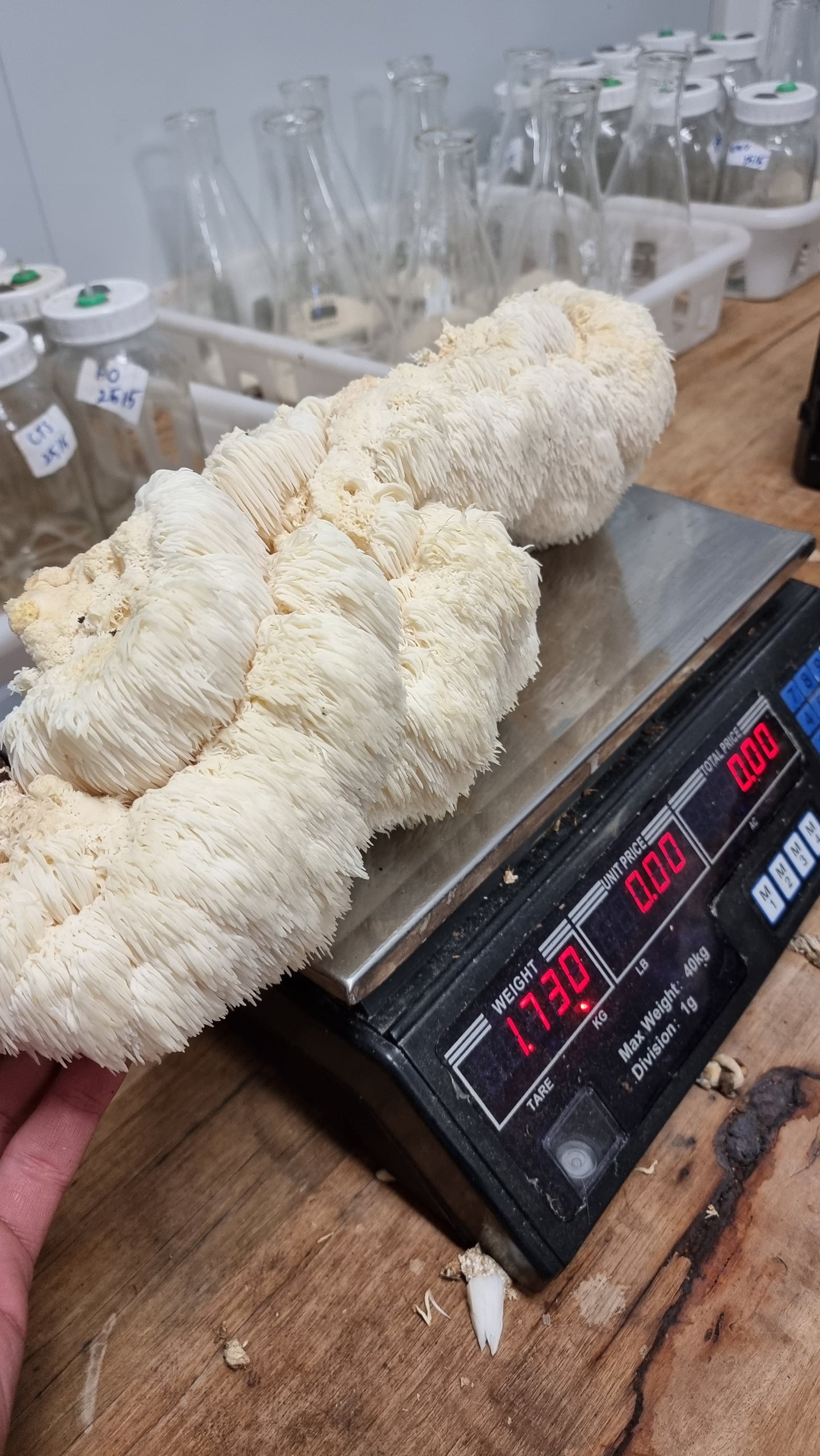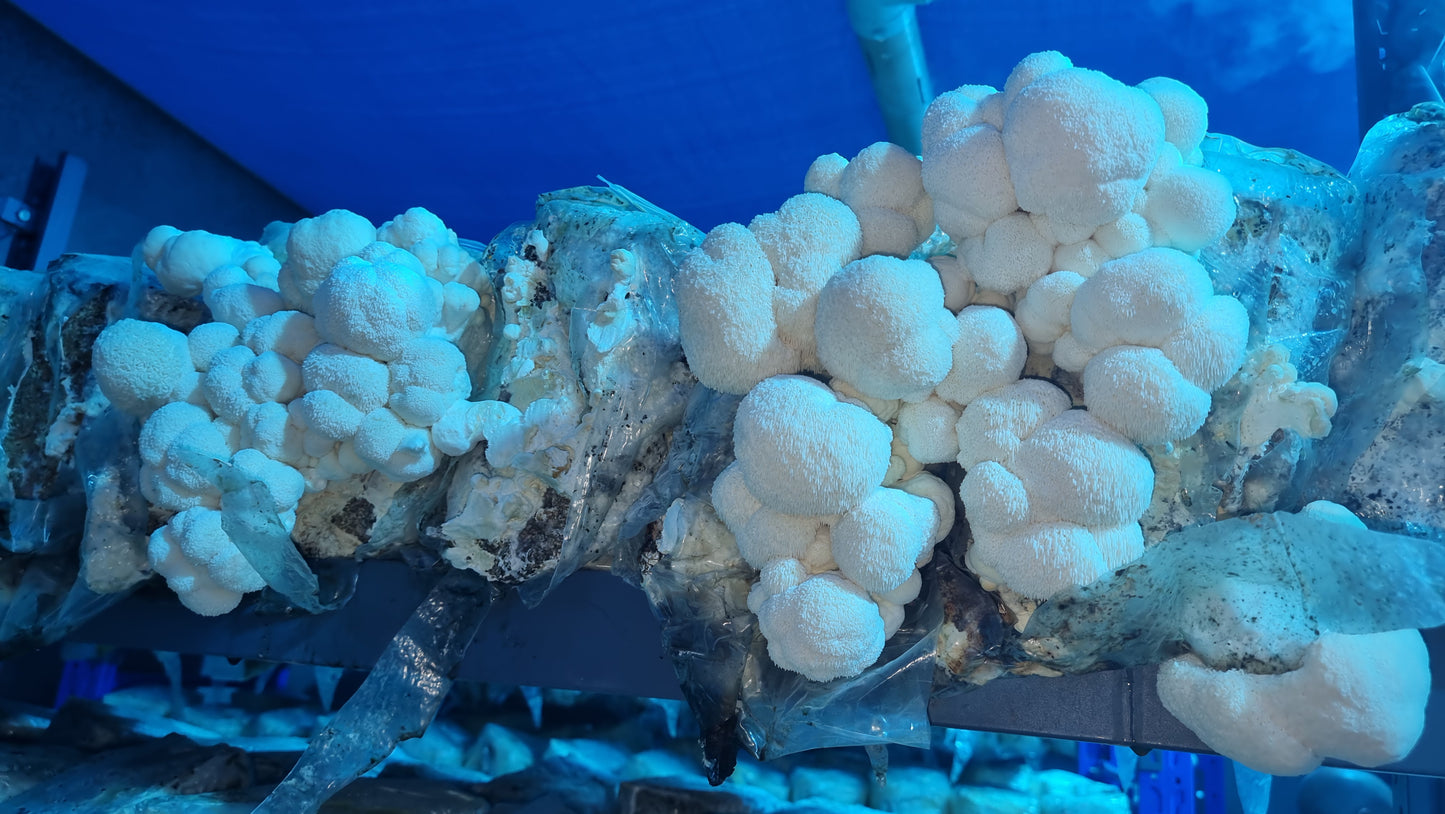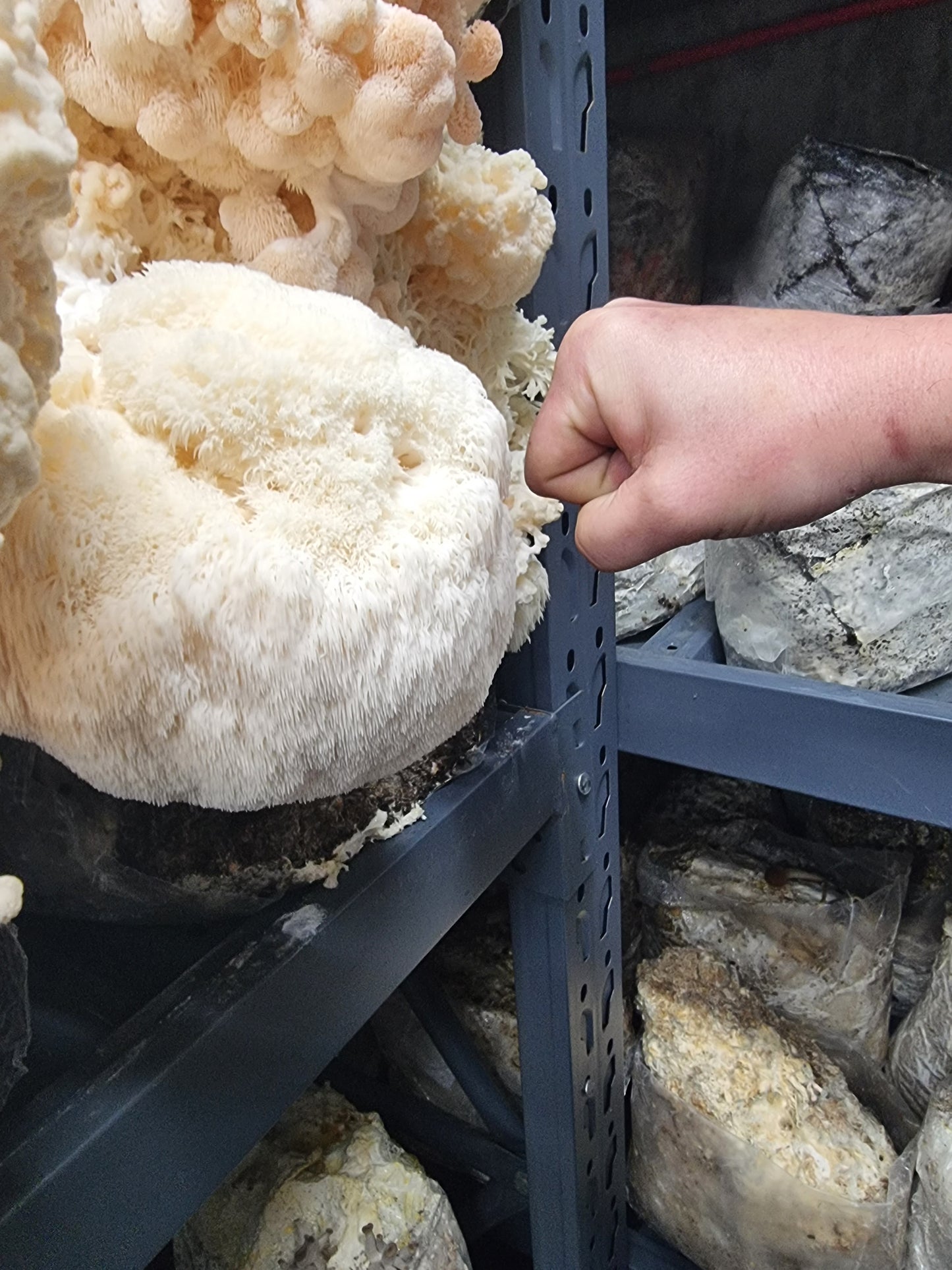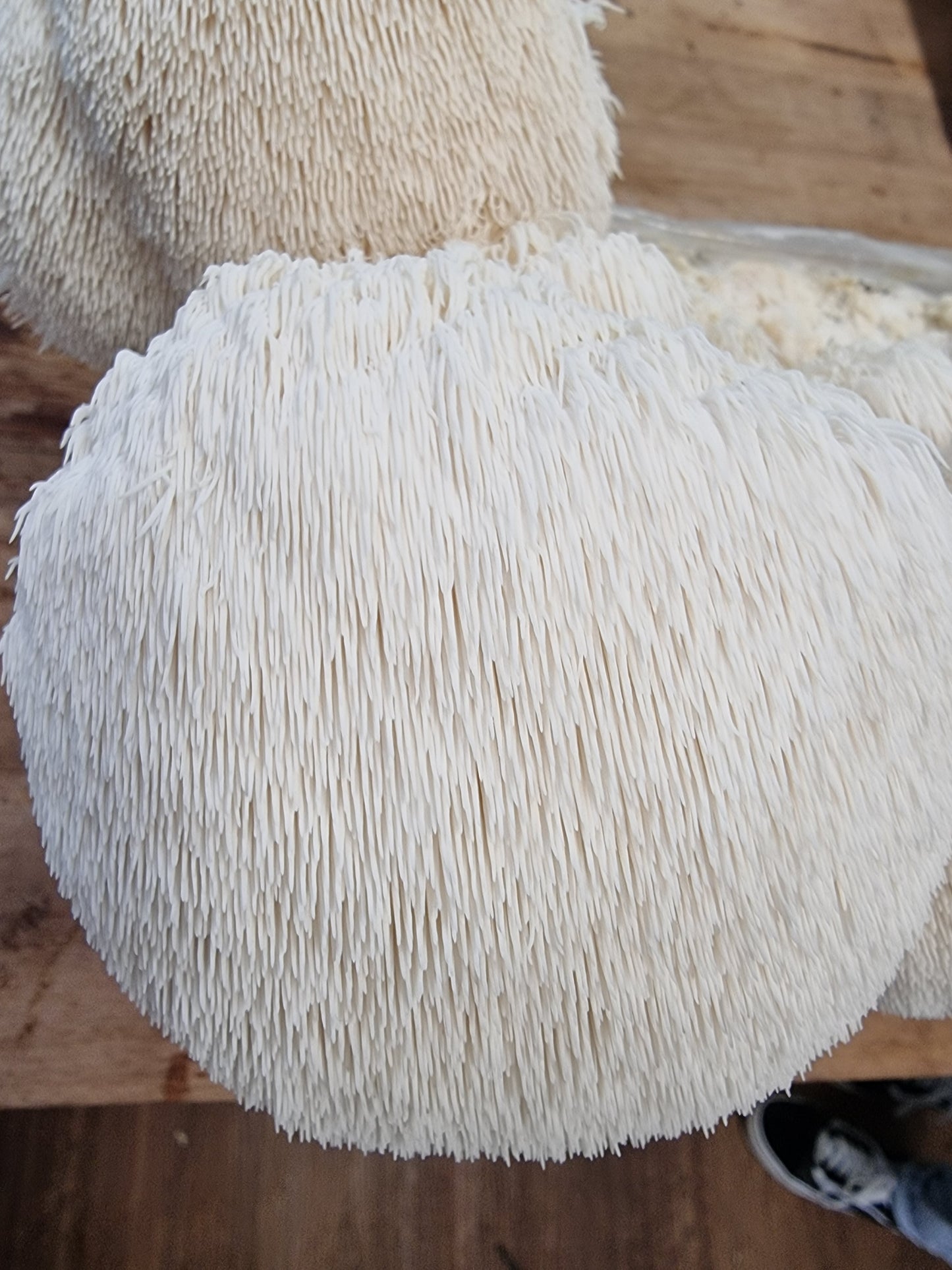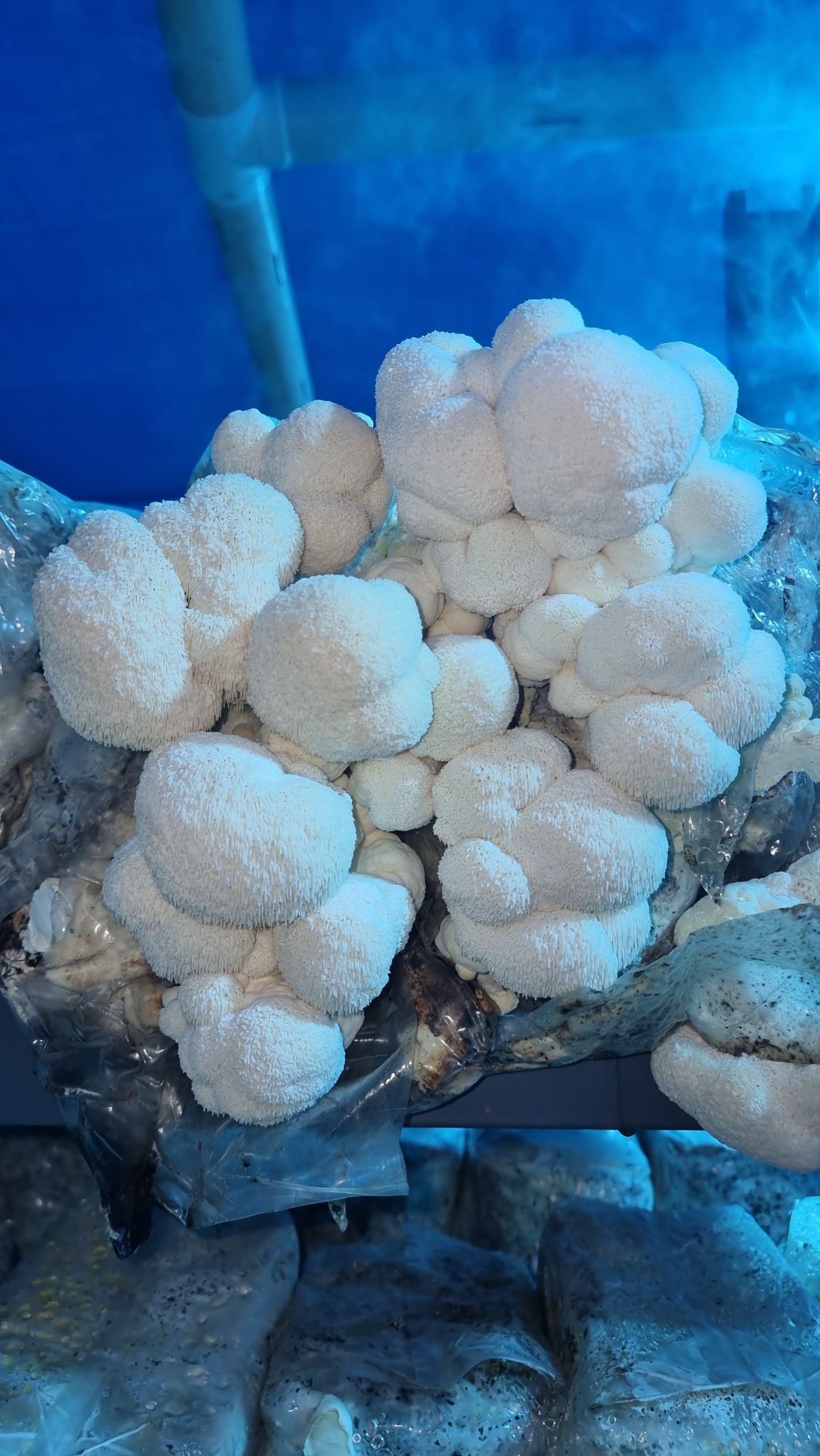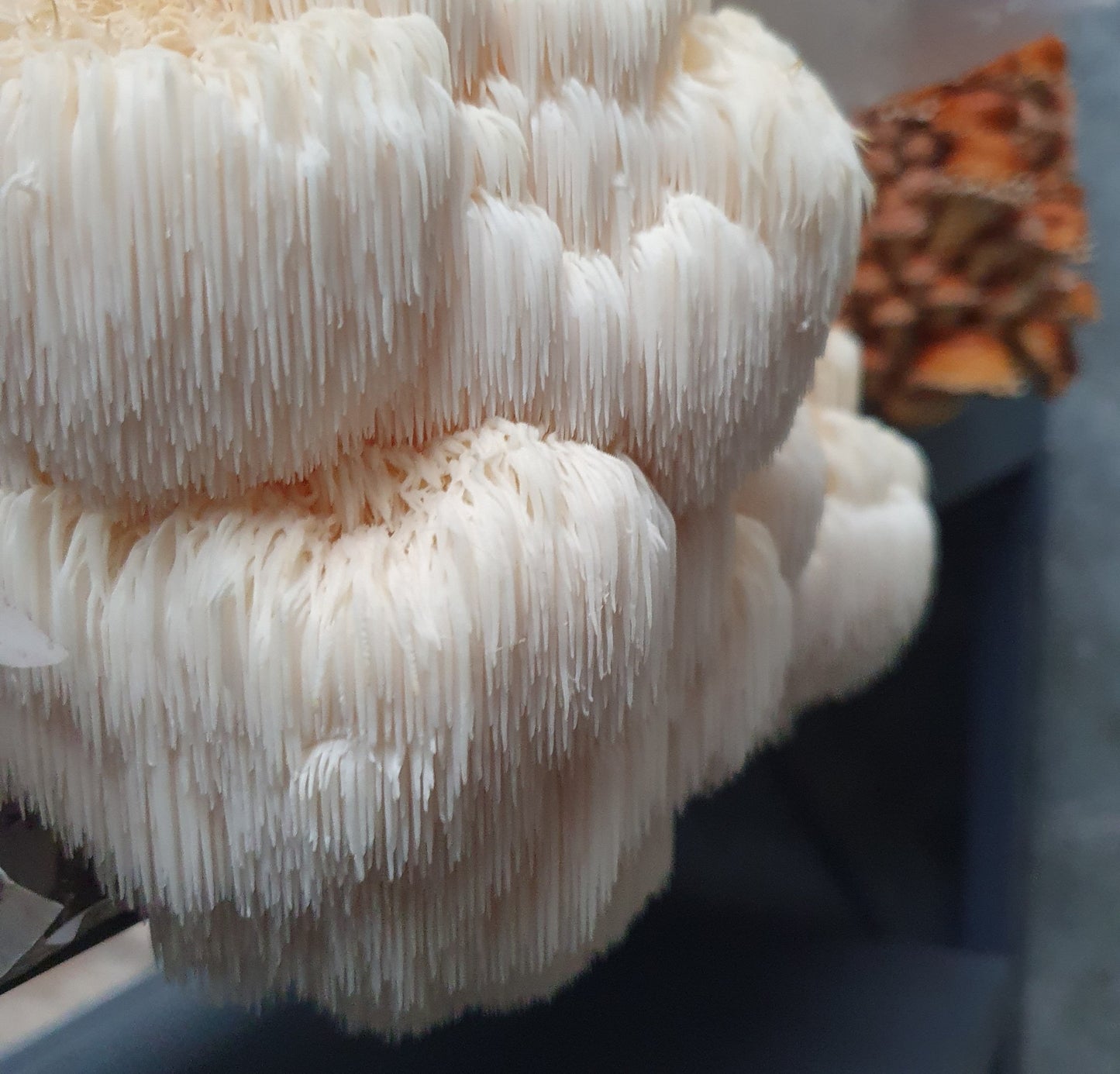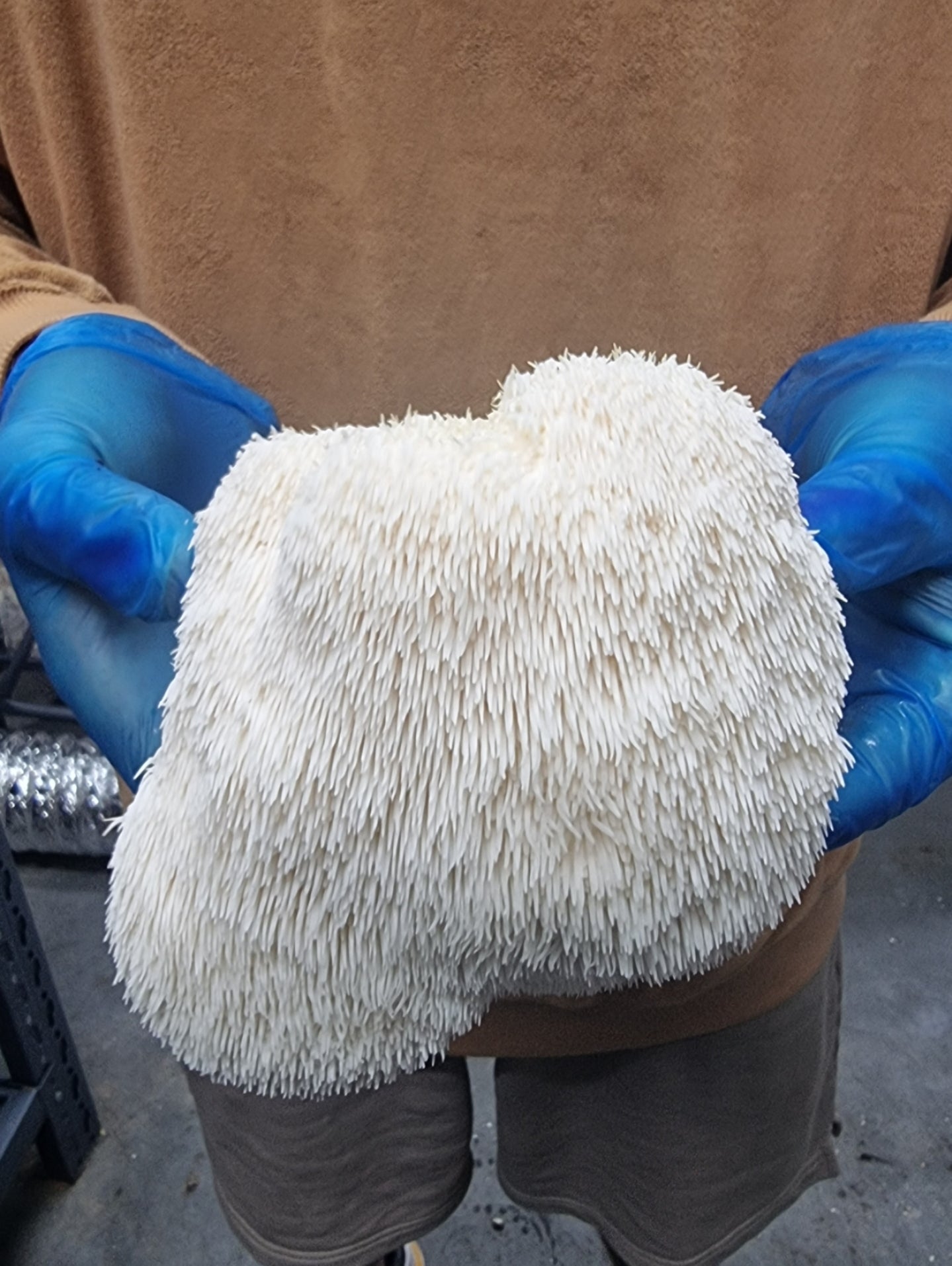Mushroom foraging, a captivating pursuit for nature enthusiasts, is as much a culinary adventure as it is an exploration of the wild.
However, amid the thrill of hunting for these fungal treasures, a crucial aspect takes center stage—identifying edible mushrooms safely.
To embark on this journey with confidence, it's essential to navigate the vast realm of mushrooms while understanding the myths, recognizing key characteristics, and seeking expert guidance.
In this guide, we delve into the world of edible mushrooms, dispel misconceptions, and equip you with the knowledge to make informed choices.
Introduction: The Fascination and Prudence of Mushroom Foraging
Foraging for mushrooms embodies a harmonious blend of intrigue and caution. The allure of uncovering these natural wonders and incorporating them into culinary delights is undeniable.
However, responsible foraging rests on the foundation of correct identification, as it's a realm where risks and rewards are intertwined.
By identifying edible mushrooms safely, you not only enrich your culinary experiences but also contribute to sustainable living by sourcing local ingredients and minimizing your carbon footprint.
Common Myths and Misconceptions: Dispelling Fears and Embracing Knowledge
Before delving into the specifics of mushroom identification, it's imperative to address common myths that shroud this activity in unnecessary fear.
While it's true that some mushrooms can be toxic, a balanced perspective is necessary.
The key lies in understanding that informed foraging reduces risks significantly. With proper knowledge, identifying edible mushrooms becomes a rewarding endeavor rather than a cause for apprehension.
The Basics of Mushroom Identification: A Visual Approach with Prudent Caution
Observing Physical Features
Distinctive visual traits often hold the key to accurate identification.
Pay attention to colors, shapes, and sizes. Differentiating between gills, pores, or spines plays a vital role, as these features offer valuable insights into the mushroom's identity.
While a glance provides a preliminary assessment, it's important to remember that appearances alone can be deceptive.
The Touch and Smell Test
Engaging multiple senses, such as touch and smell, further aids identification.
Explore textures—smooth, rough, or slimy—by physically interacting with the mushrooms. Aroma can be a telling factor; understanding the nuances of mushroom scents, from mild to earthy or even foul, adds another layer of confidence in your observations.
Key Characteristics for Edibility: A Dive into Gills, Caps, and Stems
Gills and Spore Prints
Understanding gill color is a critical skill.
The hues of white, brown, pink, or other variations can offer substantial clues about the mushroom's edibility.
Creating a spore print, a simple yet effective technique, unveils the color of the spores. This step alone can significantly narrow down your identification options.
Cap and Stem Features
The cap, resembling a mushroom's "head," reveals much about its species.
Consider the shape, color, and angle of the cap.
Additionally, study the stem's attributes, including rings, volva (a hidden part of some species), and thickness. These characteristics collectively provide a comprehensive picture for identification.
Regional Variations and Habitat: Tailoring Knowledge to Your Environment
Identifying Native Species
Local flora varies even within a single country.
Understanding the mushrooms unique to your region is crucial. While common names might differ, Latin names provide a universal language among foragers.
Differentiating native species from invasive ones is vital for accurate identification.
Recognizing Different Habitats
Mushrooms thrive in diverse environments, from soil to logs to leaves.
Understanding the substrate they grow on and the seasonal variations in their appearance is essential.
Each habitat offers distinct clues that enhance your ability to differentiate edible mushrooms from their counterparts.
Common Edible Mushroom Species: A Deeper Look into Chanterelles, Morels, and Porcinis
Chanterelles
Chanterelles, with their trumpet-shaped bodies and golden-yellow hues, stand out in the wild.
These mushrooms often grow under hardwood trees, making their appearance prominent from fall to early spring. Recognizing their distinctive characteristics simplifies the identification process.
Morel Mushrooms
Morel mushrooms, known for their distinctive honeycomb-like caps, are prized finds during spring.
The hunting season varies based on location. Identifying morels by their unique features ensures you savor these culinary delights without worry.
Porcini Mushrooms
Porcini mushrooms, boasting medium-sized tan or brown caps, often thrive near spruces, firs, and pines.
Their bulbous stems add to their recognizable appearance. Recognizing the preferred trees and understanding elevation differences are crucial for accurate identification.
Lion's Mane, Pioppino, Oyster Mushrooms (Pink, Yellow, Blue, Snow White), Shiitake
These mushrooms add diversity to your foraging endeavors.
Lion's Mane features cascading white tendrils, while Pioppino displays elegant clusters of dark caps.
Oyster mushrooms come in various colors, including pink, yellow, blue, and snow white, each with unique flavors.
Shiitake, a staple in Asian cuisine, boasts a brown cap and an umami-rich taste.
Understanding their characteristics enhances your ability to differentiate and enjoy these edible varieties.
Potential Dangers and Poisonous Look Alikes: A Lesson in Vigilance
Understanding Toxic Varieties
Knowledge about poisonous mushrooms is equally important as identifying edibles.
The death cap, galerina, and amanita are examples of toxic species. While some resemble edible counterparts, subtle differences can spell danger. Learning to differentiate them is a matter of safety.
Expert Resources and Further Learning: Tapping into Wisdom and Field Guides
Joining Mycological Groups
Mycological clubs offer a wealth of expertise from experienced foragers. Participating in forays, guided mushroom hunts, and educational events allows you to learn from those who have honed their skills over time.
Using Field Guides and Apps
Reliable field guides are invaluable companions in your quest for knowledge. While mushroom identification apps exist, it's essential to exercise caution.
Turning to authoritative resources like "Mushrooms Demystified" by David Arora and "One Thousand American Fungi" by Charles McIlvaine and Robert Macadam ensures accuracy.
FAQs - Identifying Edible Mushrooms Safely: Addressing Common Concerns
How can I differentiate between edible and poisonous mushrooms?
Identification involves examining various features—gills, cap, stem, and spore print—to make informed decisions.
Are all brightly colored mushrooms poisonous?
Not necessarily. While color can offer insights, edibility assessment requires a comprehensive analysis.
Can I rely solely on visual cues for identification?
While visual cues are important, engaging multiple senses and using other techniques enhances accuracy.
What should I do if I'm uncertain about a mushroom's edibility?
Seek guidance from experienced foragers or mycological groups to ensure safe identification.
Is it safe to use mushroom identification apps?
While apps can be useful, they should complement, not replace, thorough research and expert guidance.
How can I learn about local mushroom species and their edibility?
Joining local mycological groups and attending forays can provide firsthand information about regional species.
Conclusion
Identifying edible mushrooms safely transforms mushroom foraging from a speculative endeavor into an enriching experience.
Armed with the wisdom of accurate identification, you can confidently embrace the enchanting world of wild mushrooms.
Remember, the goal is not just to find mushrooms but to immerse yourself in the natural world and, when the stars align, bring home a safe and delectable addition to your culinary creations.
